There's a powerful new technology that's poised to transform businesses - large language models (LLMs). These AI systems can understand, generate, and summarize human language astoundingly.
But how can your business harness these tools to drive real impact? This practical guide walks you through the entire process.
We'll start by identifying your business needs and use cases where LLM capabilities can make a difference.
You'll learn to source the right training data, clean it, and prepare it to build a custom LLM tailored to your goals. Once developed, we'll cover best practices for evaluation, improvement, and integration into existing workflows - crucial steps for smooth adoption.
You'll discover real-world examples of LLMs in action along the way - from elevating customer service to accelerating medical research.
These success stories offer valuable lessons for implementation. By learning from the frontrunners, you can avoid pitfalls and replicate wins in your unique context.
Whether you're new to LLMs or looking to expand their use, this post offers actionable insights. We'll ground the technology in practical steps so you can hit the ground running.
Join us as we journey from theory to reality - where LLMs can make a tangible difference for your organization.
What is LLM (Large language model)?
An LLM is a machine learning model trained on vast amounts of data to comprehend and generate human language.
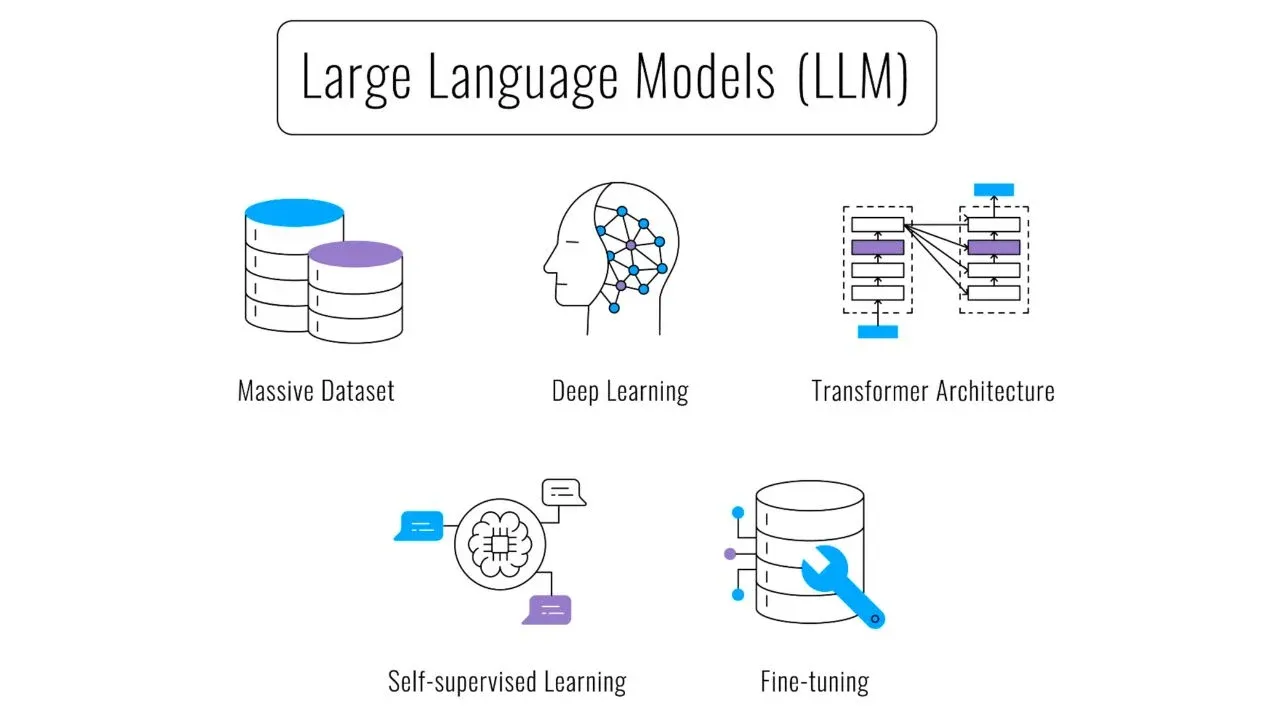
These models are typically built using deep learning techniques, such as neural networks, and can process and understand text in a way that mimics human intelligence.
LLMs can produce remarkable feats, such as generating coherent and contextually relevant responses, summarizing text, translating between languages, and writing complex articles or stories.
Benefits and Advantages of Using LLMs
The utilization of LLMs presents numerous benefits and advantages across various domains, including:
- Enhanced Natural Language Processing: LLMs excel at understanding and processing human language, making them invaluable for tasks such as sentiment analysis, text classification, and named entity recognition. Their ability to comprehend and interpret natural language enables more accurate and efficient processing of textual data.
- Improved Language Translation: LLMs have significantly improved the quality of machine translation services.
They can understand the context and nuances of text, leading to more accurate translations that capture the intended meaning of the source material. This is especially beneficial in bridging communication gaps across different languages and cultures.
- Efficient Content Generation: LLMs can generate high-quality and coherent text, making them useful for content creation, copywriting, or even generating code snippets.
They can assist in various domains, enabling users to quickly generate content by providing appropriate prompts or suggestions.
- Personalized Virtual Assistants: LLMs can create virtual assistants that understand and respond to user queries conversationally. These assistants can be personalized, learning from user interactions over time to provide more accurate and tailored responses.
- Enhanced Research and Data Analysis: LLMs can assist researchers and data analysts in processing large volumes of text, extracting relevant information, and summarize key findings. This helps accelerate the research process and gain insights from vast textual data.
Next, we will cover identifying your business use case with LLM development.
Identifying Your Business Use Case
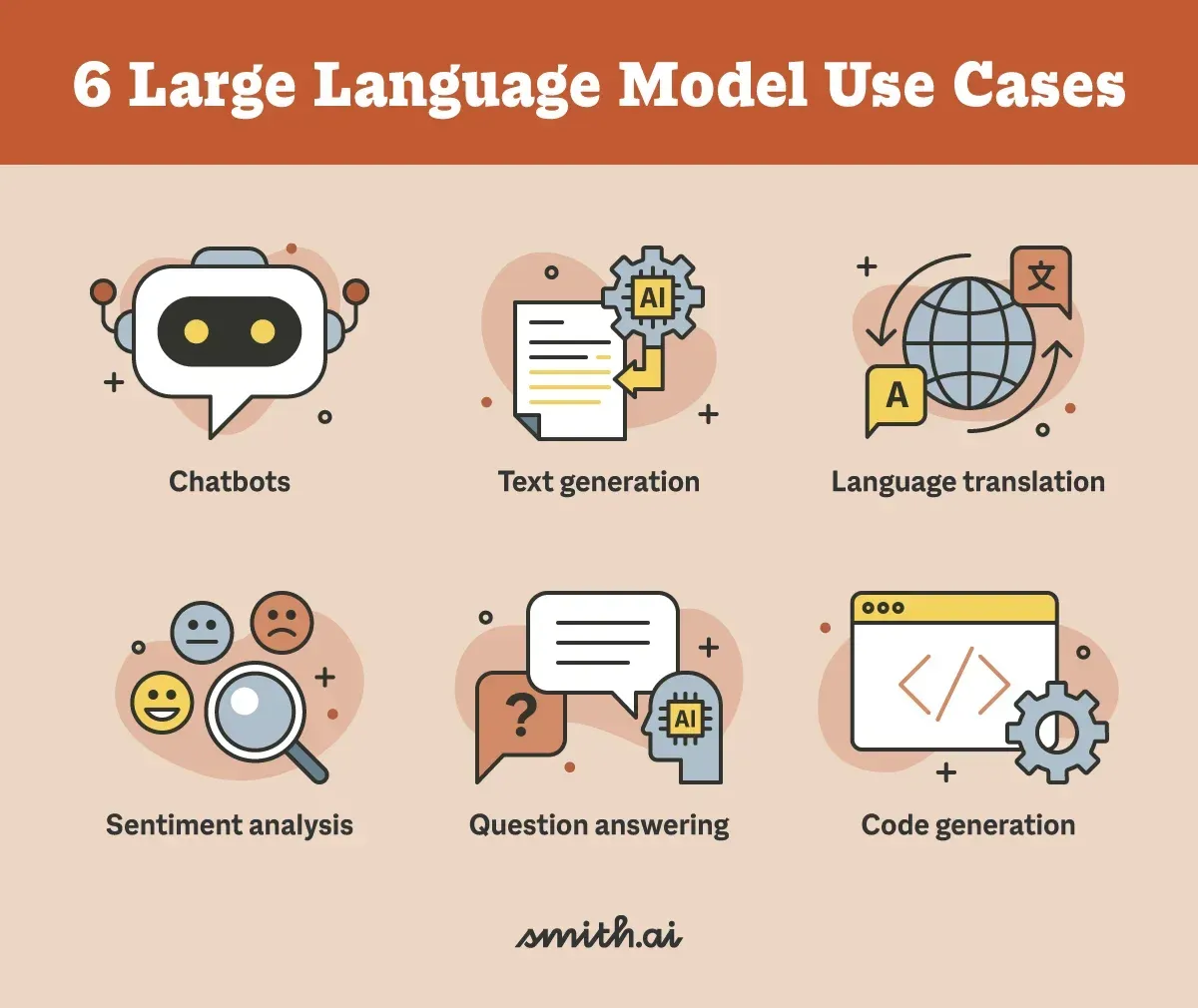
To harness the power of large language models (LLMs) for your business, it is crucial to identify your specific needs and challenges.
You can effectively use LLM development models to achieve your goals by understanding how LLMs can address those needs.
In this section, we will explore the process of assessing your business needs, understanding the capabilities of LLMs, and aligning them to address your challenges.
Assessing Your Specific Business Needs and Challenges
Before diving into the world of LLMs, it is essential to assess your unique business needs and challenges.
Evaluate the areas where you could benefit from improved language processing, translation, content generation, or research capabilities.
By identifying these specific pain points, you can determine your organization's potential use cases for LLMs.
Understanding How LLMs Can Address Those Needs
Once you have identified your business needs, it is essential to understand how LLMs can address those challenges.
LLMs excel at processing and generating human-like text, which opens up many possibilities for applications across different domains.
They can be deployed to automate customer support, create personalized virtual assistants, improve machine translation services, streamline content generation, and enhance data analysis, among other use cases.
By aligning the capabilities of LLMs with your specific needs, you can harness their power to transform your business operations.
Preparing for Custom LLM Development
When preparing for the development of a custom LLM, there are several vital steps to consider.
These steps include identifying available data sources, preprocessing and cleaning the data, and performing feature selection and engineering to optimize the LLM development model's performance.
Let's explore these steps in detail:
Identifying Available Data Sources
To develop a custom LLM, you must identify the relevant data sources for training the model.
This could include internal documents, customer interactions, publicly available data, or any other text-based data representative of your business domain.
Gathering a diverse and comprehensive dataset is crucial to ensure that the LLM learns the nuances and context of your specific industry or domain.
Data Preprocessing and Cleaning
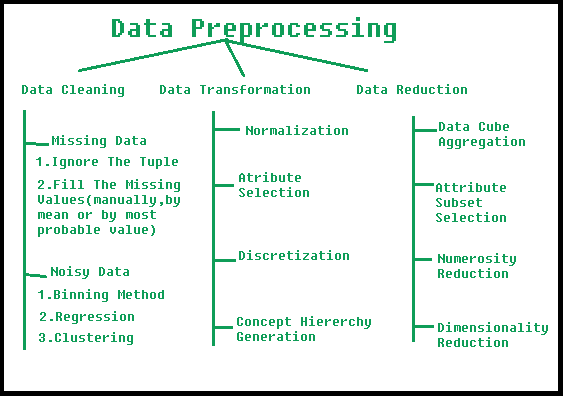
Once you have acquired the data, preprocessing and cleaning are necessary to prepare it for training the LLM.
This involves removing irrelevant or noisy data, standardizing the text format, handling missing values, and ensuring consistency in the dataset.
Cleaning the data creates a robust foundation for the LLM to learn from, leading to better performance and accuracy.
Feature Selection and Engineering
Feature selection and engineering involve determining which aspects of the data are most informative for the LLM and extracting or creating relevant features.
This step helps to highlight the key characteristics of the data that the LLM should pay attention to, ultimately improving its ability to understand and generate text.
Careful consideration should be given to selecting features that align with your business goals and use case.
Next, we will cover how to build a custom LLM model.
Suggested Reading:
LLM Development: Effective Data Collection & Processing Tips
Building a Custom LLM Model
As you build custom large language model (LLM), several crucial steps must be considered
This section will guide you through the process, including choosing the right algorithm for your use case, training and testing the LLM development model, and evaluating its performance to make improvements.
Following these steps, you can develop a powerful and effective custom LLM tailored to your business needs.
Choosing the Right Algorithm for Your Use Case
The first step in building a custom LLM development is selecting the appropriate algorithm that aligns with your use case.
Several algorithms are available for natural language processing tasks, such as recurrent neural networks (RNNs), transformer models, or variants like GPT and BERT.
Each algorithm has its strengths and characteristics, so it is important to assess your requirements and choose the one that best suits your use case.
Consider factors such as the type of text data you have, the complexity of the language patterns you need to model, and the computational resources available for training and inference.
Training and Testing the LLM Model
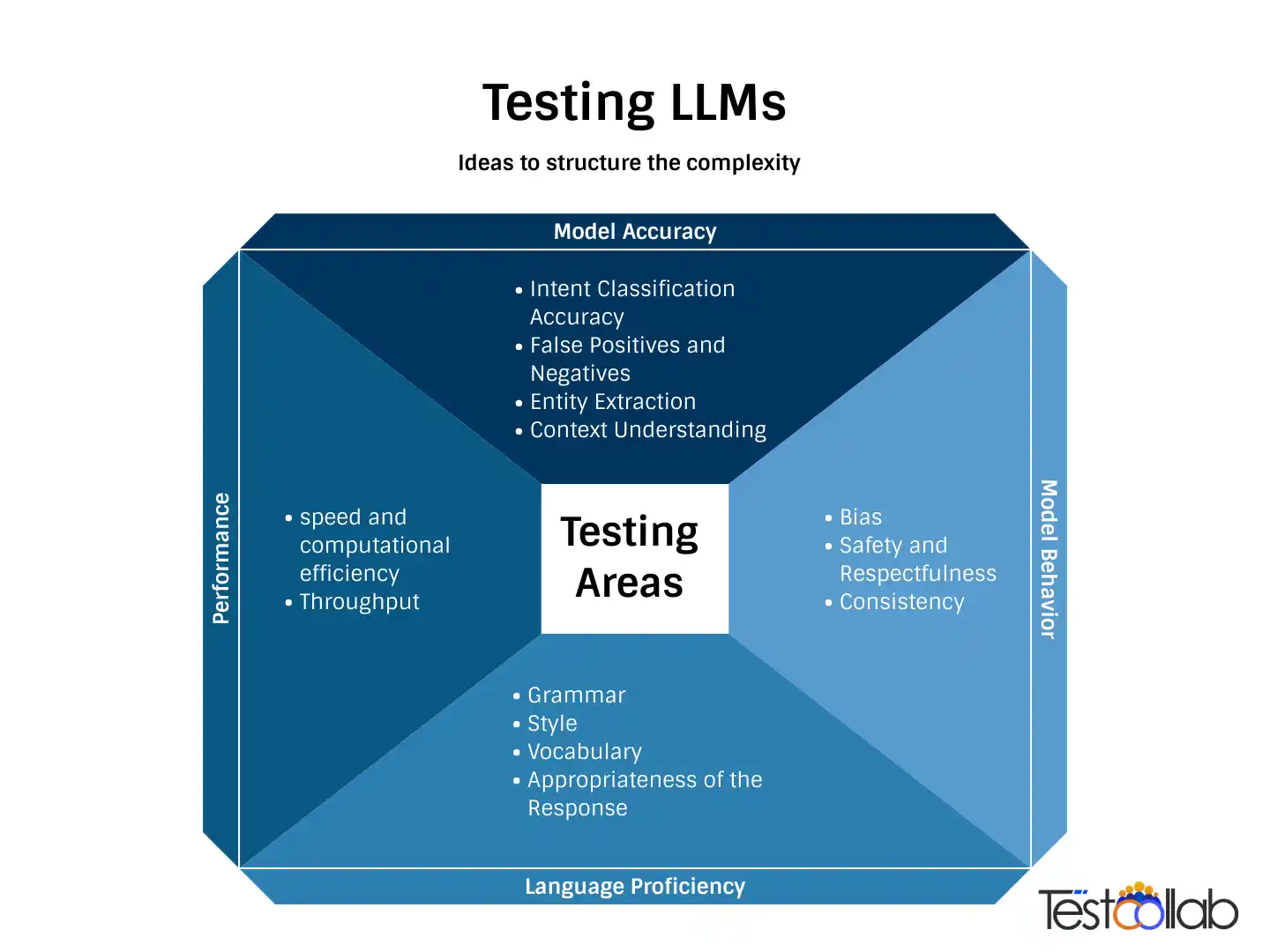
Once you have chosen the algorithm, the next step is to train and test the LLM model.
Training involves providing the algorithm with your labeled or unlabeled text data and allowing it to learn the underlying patterns and structures.
This process typically involves optimization techniques like backpropagation and gradient descent to adjust the model's parameters.
After training, testing the model on a separate dataset is crucial to assessing its performance and generalization capabilities. This helps ensure that the LLM can effectively handle unseen or new inputs.
Evaluating Model Performance and Making Improvements
The evaluation of model performance is a critical step in building a custom LLM. Various metrics can be used to measure the model's performance, depending on the specific use case.
These metrics could include accuracy, precision, recall, F1 score, or other domain-specific measures. By evaluating the model's performance, you can identify its strengths, weaknesses, and areas for improvement.
To make improvements, consider techniques such as fine-tuning the model, adjusting hyperparameters, or increasing the dataset size.
Fine-tuning involves training the LLM on a smaller, domain-specific dataset to adapt it to your specific use case. Adjusting hyperparameters, such as the learning rate or batch size, can help optimize the model's performance.
Next, we will cover how to integrate LLM into your business workflow.
Suggested Reading:
Top 10 Best Tools for LLM Development in 2024
Integrating LLM into Your Business Workflow
Integrating a custom large language model (LLM) into your business workflow can unlock its full potential and significantly benefit your organization.
This section will guide you through deploying the custom LLM model, considerations for system integration, and the importance of monitoring and maintaining the LLM system.
Following these steps, you can seamlessly integrate the LLM into your existing workflow and maximize its impact on your business.
Deploying the Custom LLM Model
Once you have developed and fine-tuned your model, the next step is to deploy it into your business workflow.
Deploying the LLM involves setting up the infrastructure and environment necessary for the model to operate efficiently and effectively.
This includes preparing servers or cloud instances, installing the required software dependencies, and optimizing the system for inference speed and scalability.
It is important to ensure that the deployment process is well-documented and reproducible, making it easier to scale or update the LLM in the future.
System Integration Considerations
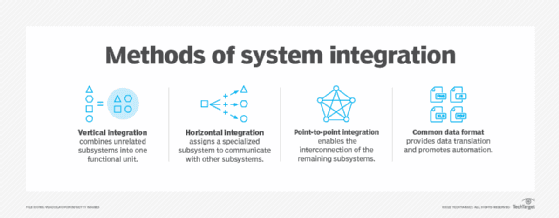
Integrating the LLM into your existing business workflow requires careful consideration of system integration aspects.
This involves understanding how the LLM will interact with other tools, platforms, or applications your organization uses.
Compatibility and interoperability should be evaluated to exchange data between the LLM and other systems seamlessly.
Additionally, security considerations, such as user access control and data privacy, should be addressed to protect sensitive information while utilizing the LLM's capabilities.
Monitoring and Maintaining the LLM System
Monitoring and maintaining the LLM system is essential to ensure its continued performance and reliability.
Regular monitoring allows you to keep track of the system's usage patterns, identify potential bottlenecks, and proactively address any issues that may arise.
Monitoring can include tracking resource utilization, response times, error rates, and other relevant metrics to ensure optimal performance.
Furthermore, maintaining the LLM system involves keeping the software dependencies up to date, applying security patches, and periodically retraining the model to incorporate new data or adapt to evolving business needs.
Lastly, we will cover the LLM model in reality.
Large Language Models: From Theory to Reality
Large language models (LLMs) have captured the imagination with their ability to process and generate human-like text.
But beyond the headlines, how are these powerful tools being used in the real world? Let's dive into some groundbreaking LLM implementations and the valuable lessons they offer.
Case Studies: LLMs Making a Difference
- Chatbots with a Personal Touch: Imagine a customer service bot that understands your frustration and responds with empathy.
That's the power of LLMs in action. Companies like Sephora and Hilton use these models to build chatbots that can hold natural conversations, answer complex questions, and even personalize recommendations. The result? Smoother customer experiences and increased brand loyalty.
- Supercharged Search Engines: Forget keyword matching. LLMs are transforming search by understanding the intent behind your queries.
Google's BERT model, for example, analyzes the context of your search terms to deliver more relevant and accurate results. This means you spend less time sifting through irrelevant pages and find what you need faster.
- Writing that Flows: Writer's Block? LLMs can help! Grammarly's advanced model uses language understanding to suggest improvements to your writing style, grammar, and clarity. It's like constantly having a virtual writing coach at your side, ensuring your message shines through.
- Unlocking Medical Mysteries: LLMs play a crucial role in medical research. Pfizer uses them to analyze vast amounts of scientific data, uncovering hidden patterns aefficiently and intelligently handlingd lead to faster development of life-saving treatments for various diseases.
- Creative Collaborators: LLMs are pushing the boundaries of creative expression from composing music to writing scripts. OpenAI's Jukebox can generate music in different styles, while LaMDA is co-writing scripts with screenwriters. These innovations suggest a future where AI and humans can collaborate on artistic endeavors in exciting new ways.
Lessons Learned and Best Practices
The success stories above offer valuable insights for anyone considering LLM implementation. Here are some key takeaways:
- Focus on specific use cases: LLMs are powerful but excel when applied to defined tasks. Identify a problem you want to solve and choose an LLM suited to that purpose.
- Data is king: The quality of your training data significantly impacts the LLM's performance. Ensure your data is relevant, accurate, and unbiased to avoid unintended consequences.
- Human oversight is essential: LLMs are still under development and can make mistakes. Implement robust monitoring and human oversight mechanisms to ensure responsible and ethical use.
- Continuous learning is key: LLMs benefit from ongoing training and adaptation. Regularly update your model with new data and feedback to improve its accuracy and effectiveness.
By following these best practices and learning from successful case studies, you can leverage the power of LLM development to solve real-world problems, drive innovation, and positively impact your field.
Conclusion
The potential of large language models is remarkable - from improving customer service to accelerating medical discoveries, their capabilities are game-changing.
However realizing their full impact requires thoughtful, tailored implementation based on your specific needs.
This guide provided actionable steps to develop a custom LLM solution that drives value for your organization.
The key is focusing on precise use cases where LLMs can make an impact, curating quality training data, and integrating them into workflows with care.
By following best practices around continuous monitoring, oversight and improvement, you can harness LLMs to solve real-world problems and move your industry forward.
The future of AI-enabled language technology is bright. With a strategic approach, you can leverage these powerful tools to enhance how you serve customers and gain competitive advantage.
The time is now to embrace LLMs and unleash their potential.
Frequently Asked Questions (FAQs)
How can custom LLM development benefit my business's specific needs?
Custom LLM development allows tailoring language models to your unique business requirements, enhancing communication and decision-making processes.
What considerations should I keep in mind before initiating custom LLM development?
Understand factors like data quality, model interpretability, and ethical considerations when embarking on the journey of custom LLM development.
How do I identify the most suitable use case for custom LLM development in my business?
Evaluate your business processes to identify areas where custom LLM development can add value, such as improving communication, automating tasks, or enhancing customer interactions.
What programming languages and frameworks are recommended for custom LLM development?
Explore the preferred programming languages and frameworks for building customized Large Language Models to ensure efficient and effective development.
Can custom LLM development address industry-specific challenges in sectors like healthcare or finance?
Discover how custom LLM development can be tailored to address industry-specific challenges, providing targeted solutions for sectors like healthcare, finance, and more.
What role does data preparation play in the success of custom LLM development?
Understand the importance of high-quality and relevant data preparation to ensure the success and accuracy of custom LLM development for your business use case.


